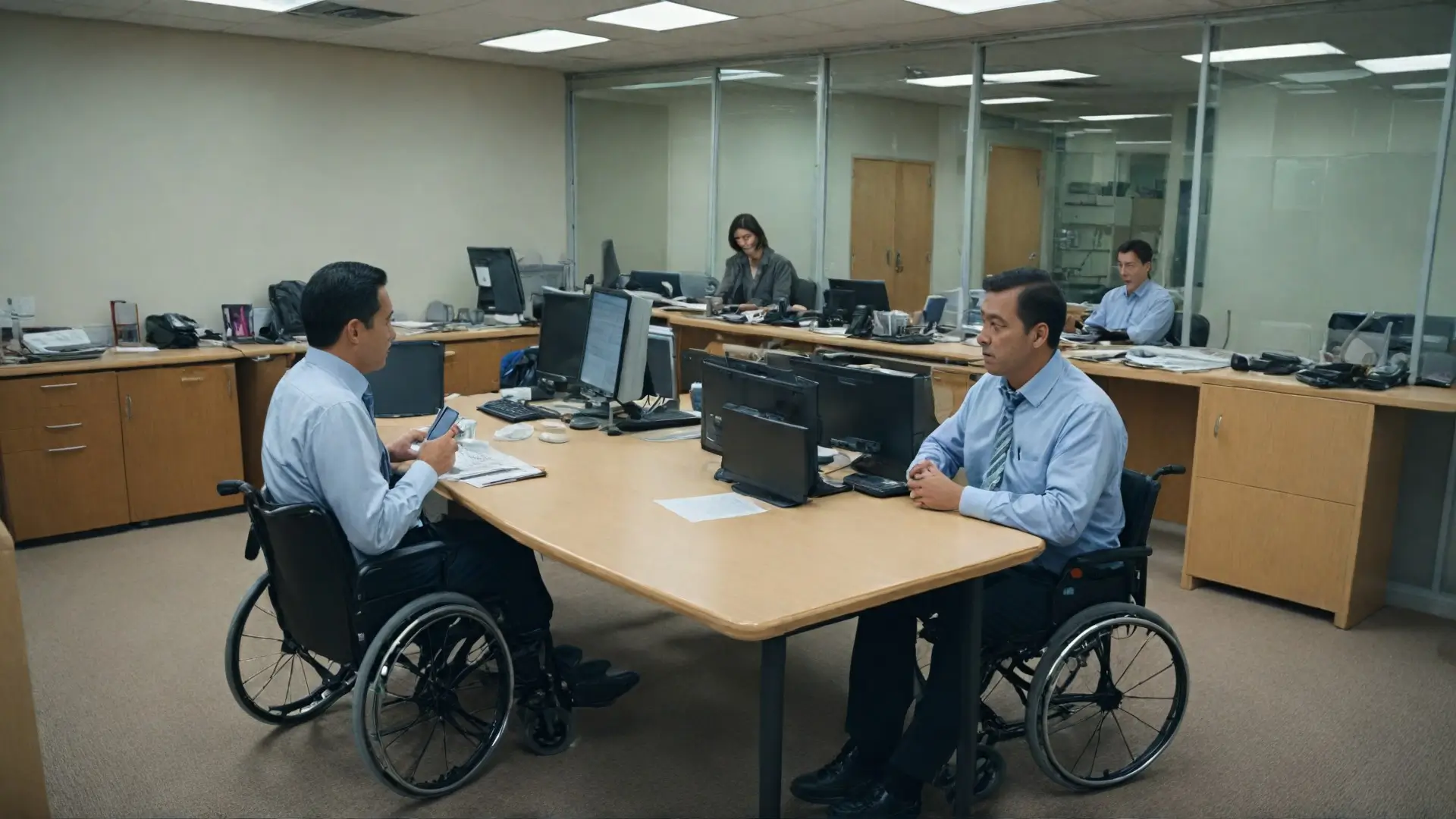Have you ever stopped to think about how accessible your workplace really is? In a world that champions diversity and inclusion, accessible employment is the key to unlocking opportunities for millions of talented individuals. Yet, it remains an often-overlooked cornerstone of a truly inclusive workforce.
Accessible employment ensures that workplaces are designed to accommodate the needs of all employees, regardless of physical, sensory, or cognitive abilities. From providing assistive technologies to fostering a culture of acceptance, accessible employment is not just a moral imperative—it’s a business advantage.
The Evolution of Accessibility in the Workplace
Historical Barriers to Employment
For decades, physical barriers like lack of ramps and inaccessible technology have kept individuals with disabilities out of the workforce. But the real hurdle? Societal attitudes that underestimated their potential.
Modern Advancements and Policies
Today, legislative frameworks like the Americans with Disabilities Act (ADA) and international agreements such as the UN’s Convention on the Rights of Persons with Disabilities have made strides in leveling the playing field.
The Impact of Accessible Employment on Individuals
Empowering People with Disabilities
Accessible employment is more than a paycheck; it’s a lifeline to independence. Imagine the confidence boost of securing a job that values your skills over your limitations.
Fostering Diversity and Inclusion
When workplaces reflect the diversity of society, everyone benefits. Employees with disabilities bring unique perspectives that can lead to innovative solutions and better decision-making.
Business Benefits of Accessible Employment
Access to an Untapped Talent Pool
Did you know that nearly 15% of the global population lives with a disability? This represents an enormous, often untapped, talent pool brimming with unique strengths.
Improved Employee Morale and Productivity
Creating an Accessible Employment workplace signals that every employee is valued. This fosters a culture of belonging, enhancing overall morale and boosting productivity across teams.
Strategies for Implementing Accessible Employment
Creating Accessible Workspaces
Accessible employment starts with accessible spaces. This includes ramps, elevators, and adjustable desks, but also digital solutions like screen readers and captioning tools.
Inclusive Hiring Practices
Rethink how you write job descriptions. Use inclusive language and clearly state your commitment to Accessible Employment.
Supporting Employees with Disabilities
Employee Resource Groups (ERGs) can offer a safe space for dialogue and advocacy. Paired with regular training, they ensure ongoing support for Accessible Employment with disabilities.
Overcoming Challenges in Accessible Employment
Addressing Common Misconceptions
“Accessibility is too expensive” is a myth. Studies show that accommodations often cost less than expected and yield high returns in Accessible Employment loyalty and productivity.
Building Awareness and Advocacy
Advocacy begins with education. Partnering with organizations that specialize in Accessible Employment can help break down barriers and create lasting change.
Conclusion: The Future of Accessible Employment
Accessible employment is not just a trend—it’s the future. As businesses, communities, and individuals embrace Accessible, we move closer to a world where everyone has the chance to thrive.
As the saying goes: “Diversity is being invited to the party; inclusion is being asked to dance.” Accessible employment ensures that the dance floor is open to all.
FAQs About Accessible Employment
- What is the definition of accessible employment?
Employment that accommodates the diverse needs of individuals, ensuring equal opportunities. - How does accessible employment benefit businesses?
It improves morale, expands the talent pool, and boosts reputation. - Are accessible workplaces expensive to create?
Most accommodations are cost-effective and provide significant ROI. - What policies support accessible employment globally?
Laws like the ADA in the US and similar frameworks worldwide. - How can employers attract candidates with disabilities?
By promoting inclusivity in job ads and fostering an accessible culture. - What are some examples of assistive technologies?
Screen readers, speech-to-text tools, and ergonomic devices. - How can employees support workplace inclusion?
Through advocacy, training, and peer support groups. - What industries benefit most from accessible employment?
Every industry, from tech to hospitality, can thrive with diverse teams. - How does accessible employment impact team dynamics?
It fosters collaboration and innovative problem-solving. - Where can businesses find resources for accessibility training?
Through partnerships with disability advocacy organizations.













